History of Recorded Sound
Turntables
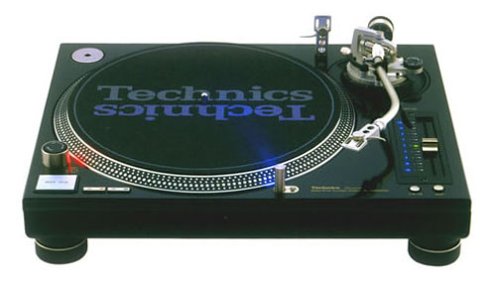
Features
33 1/2
& 45 RPM
Speed control
Stereoscope
Stylus Cartridge
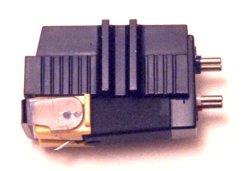
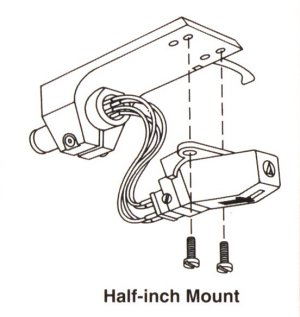
How a Stylus Works
Stylus sits in a groove made in a vinyl disc
Diamond stylus resists wearing down to a chisel which cuts away "bumps" of a recording
Up & down vibrations for monaural sound
Separate sides for stereo sound
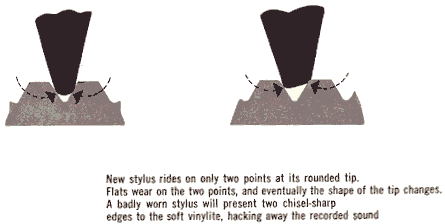
Exploded view of vinyl disc groove with stereo recording
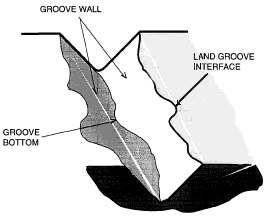
Vibrations are turned into tiny electrical impulses
Platters

Must run at constant speed - spectroscope
No added vibrations can come from drive motor
Belt driven
Direct drive
Turntable Speeds
33 1/2, 45, & 78 RPM (rounds per minute)
Variable speed capability
Preamplifier
Turntables need boost in power to avoid adding line noise to tiny electrical signal
600 ohms common
Tone Controls if No Mixer Available
Scratch filter
Rumble filter
High frequency filters (5kHz, 7kHz, or 10kHz)
Treble boost and cut
Bass boost and cut
Master gain
Mono/stereo switch
Headset jack
Quality Control Issues
Speed of stylus
Constant speed of stylus required
Outside edge moves faster than inside edge - compensated by "S" curve towards center
Pinching stylus causes bass drop off
Compensation increases 60 cycle hum
Stylus wear/LP wear
Physical contact required means eventual wear on recording
Disc sands stylus to a chisel
Arm weight too strong - stylus gouges signal on discs
Arm weight too light - skips
Disc changer not required - damage to LPs
Pick-up arm - lowering device recommended to protect LPs
Care of Vinyl Discs
Records to be cleaned in a circular motion
Proper vinyl disc brush and liquid cleaner

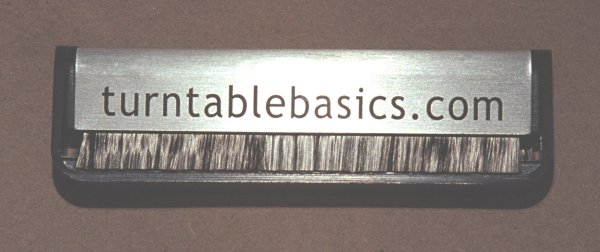
Challenges of Turntables in Production
Acurate needle placement
Cue timing
Turntable Web Sites
Vinyl Disc Recordings
<http://www.care-and-feeding-of-vinyl.com/index.html>
Turntable Basics
<http://www.turntablebasics.com/index.html>
Compact Discs
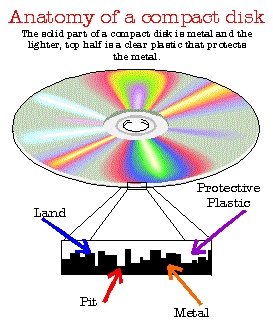
How
CDs Work
<http://www.pa.msu.edu/~science/ask_st/112791.html>
Center beam reads microscopic pits on a reflective surface layer of the disc
Information read from center out at 75-500 RPM
Beam that falls into a pit is scattered
Beam that strikes a flat surface is reflected back to an optic sensor
Bit information is sampled at 44,100 bits per second in binary code (on/off)
Oversampling 3 or 4 times that rate filters unwanted noise
For and aft tracking provides for missing information - radial scratches tolerable
Audio range - 0-90 dB, 20-20kHz
CD Features
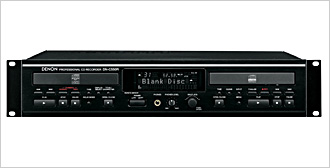
DN-C550R
Product Web Site
<http://www.d-mpro.com/users/folder.asp?FolderID=1517&CatID=1&SubCatID=6>
CD player/CD recorder
Tracks can be labeled
Programmable memory to play any sequence of tracks
A-B loop - select any two points in the track and endlessly repeats the sound
between those two points
CD Maintenance
Keep transparent plastic surface clean for laser to read reflective surface
accurately
Wipe radially rather than in a circular motion
No cleaning fluids
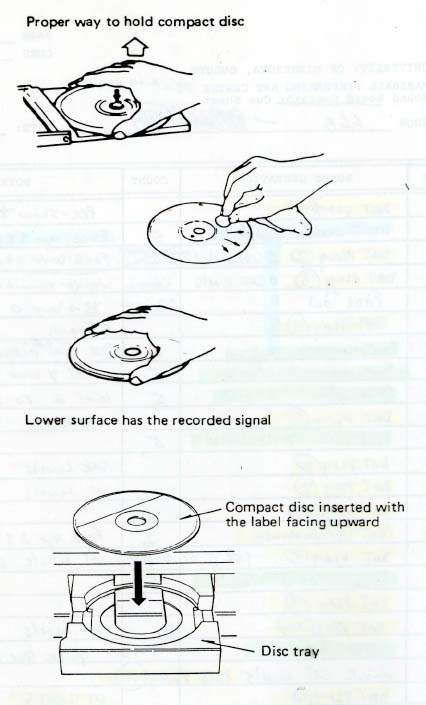
Minidisc
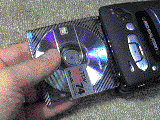

Manual
<http://www.minidisc.org/mdsje630/index.html>
Product Review
<http://www.technofile.com/articles/sony_minidisc.html>
Minidisc Features
Re-recordable
CDs in a protective cartridge
Tracks can be divided, combined, rearranged or erased
Tracks can be labeled
Pitch control
Autopause
Minimal playback lag time
Recording Technology
Record - Mixing/editing - Master
DDD - all digital recording, mixing, editing and master recording
ADD - analog recording, digital mixing and editing, digital master
AAD - analog recording, analog mixing and editing, digital master